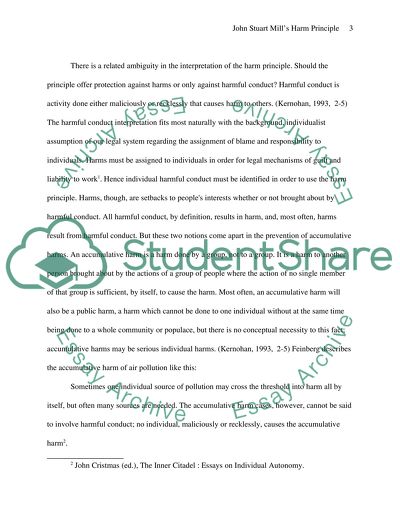Cite this document
(“John Stuart Mills Harm Principle Essay Example | Topics and Well Written Essays - 2000 words”, n.d.)
Retrieved from https://studentshare.org/miscellaneous/1519760-john-stuart-mills-harm-principle
Retrieved from https://studentshare.org/miscellaneous/1519760-john-stuart-mills-harm-principle
(John Stuart Mills Harm Principle Essay Example | Topics and Well Written Essays - 2000 Words)
https://studentshare.org/miscellaneous/1519760-john-stuart-mills-harm-principle.
https://studentshare.org/miscellaneous/1519760-john-stuart-mills-harm-principle.
“John Stuart Mills Harm Principle Essay Example | Topics and Well Written Essays - 2000 Words”, n.d. https://studentshare.org/miscellaneous/1519760-john-stuart-mills-harm-principle.


